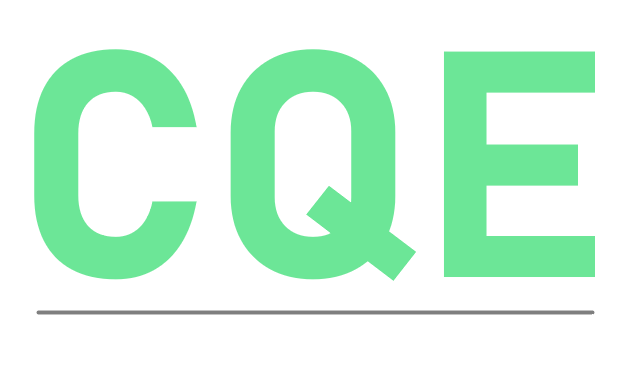Case study: HCM implementation
This case study explores CQE's collaboration with Hitachi Energy to implement a new Human Capital Management (HCM) system. Hitachi Energy recently acquired ABB Power Grids, a global company with operations in 69 countries and a workforce of 65,000 employees. As part of the acquisition and integration process, Hitachi Energy sought CQE's assistance in the integration and testing of their new HR systems using the Workday HCM solution. This case study highlights the challenges faced, the strategies employed, and the successful outcomes achieved during the implementation.
The Initial Situation
At the point of CQE’s initial involvement the programme was already fully inflight and was about to enter the first phase of systems integration testing (SIT). Much of the Workday configuration had been done and many of the critical integrations with other systems had been built but not tested. There was also a Business Readiness testing phase on the programme plan but there was no detail about what this phase was in terms of scope and objectives. CQE’s job was to work with the programme test manager and quickly take control of SIT whilst also starting to plan Business Readiness testing.
Addressing Geographic and Integration Challenges
While implementing Workday as the HR solution for 69,000 employees posed a manageable task, the geographic differences across countries presented a significant challenge. Varying regulations and practices related to hiring and firing - in territories as distanced as the US and Germany - necessitated careful consideration. Moreover, the HR system had to integrate seamlessly with multiple back-end systems, with particular attention given to integrating various payroll systems operating globally.
Building a Specialised Team
Leveraging the resources of the Corecom group, CQE swiftly assembled a team of four experts to kickstart the testing activity in the project. Recognising that testing responsibilities burdened the business and HR users who had their primary roles to fulfill, CQE proposed taking over the testing aspect. By restructuring the teams and utilizing test specialists with the necessary technical skills, the integration testing process gained momentum.
Systems Integration Testing
CQE's work on systems integration testing proved to be a resounding success. By December 2022, the team had grown to 13 members, successfully integrating Workday with 117 other endpoint systems. A comprehensive testing effort ensued, encompassing 235 different integrations and executing 4,228 tests. This thorough testing approach revealed 645 defects, highlighting the scale and complexity of the integration program.
End-to-End Testing for Business Readiness
CQE managed end-to-end testing, alongside systems integration testing. While integration testing handled data movement, end-to-end testing ensured business readiness. CQE streamlined the process, allowing business users to focus on tests while handling tasks like test case creation, environment support, defect management, scheduling coordination, and team collaboration.
Overcoming Challenges and Meeting Deadlines
As the go-live date for wave one approached, the intensity of the program increased. The focus was on business readiness testing, with 32 countries simultaneously executing their own end-to-end testing. CQE's coordination role ensured that the deadlines were met, and all challenges were overcome. Eventually, the program successfully went live for wave one, and subsequent efforts were directed towards back-end system activation.
Achieving Results
In total, the implementation covered 42 countries, testing 696 standard operating procedures encompassing the entirety of the HR side of the business. CQE conducted 2,554 end-to-end tests, uncovering 42 defects, and noting 35 observations—an additional quality indicator denoting areas with potential for improvement.
Conclusion
In total, the implementation covered 42 countries, testing 696 standard operating procedures encompassing the entirety of the HR side of the business. CQE conducted 2,554 end-to-end tests, uncovering 42 defects, and noting 35 observations—an additional quality indicator denoting areas with potential for improvement.

